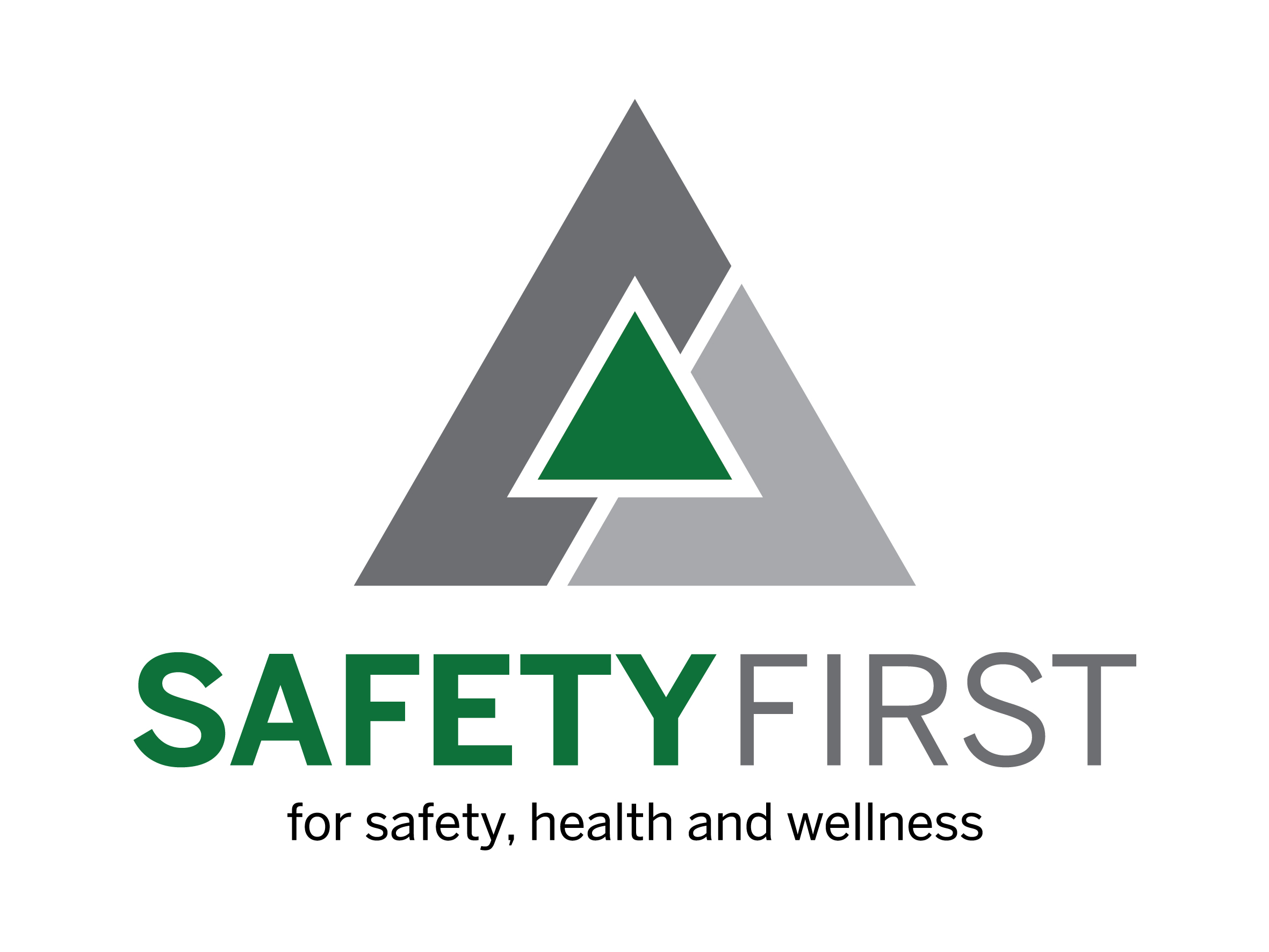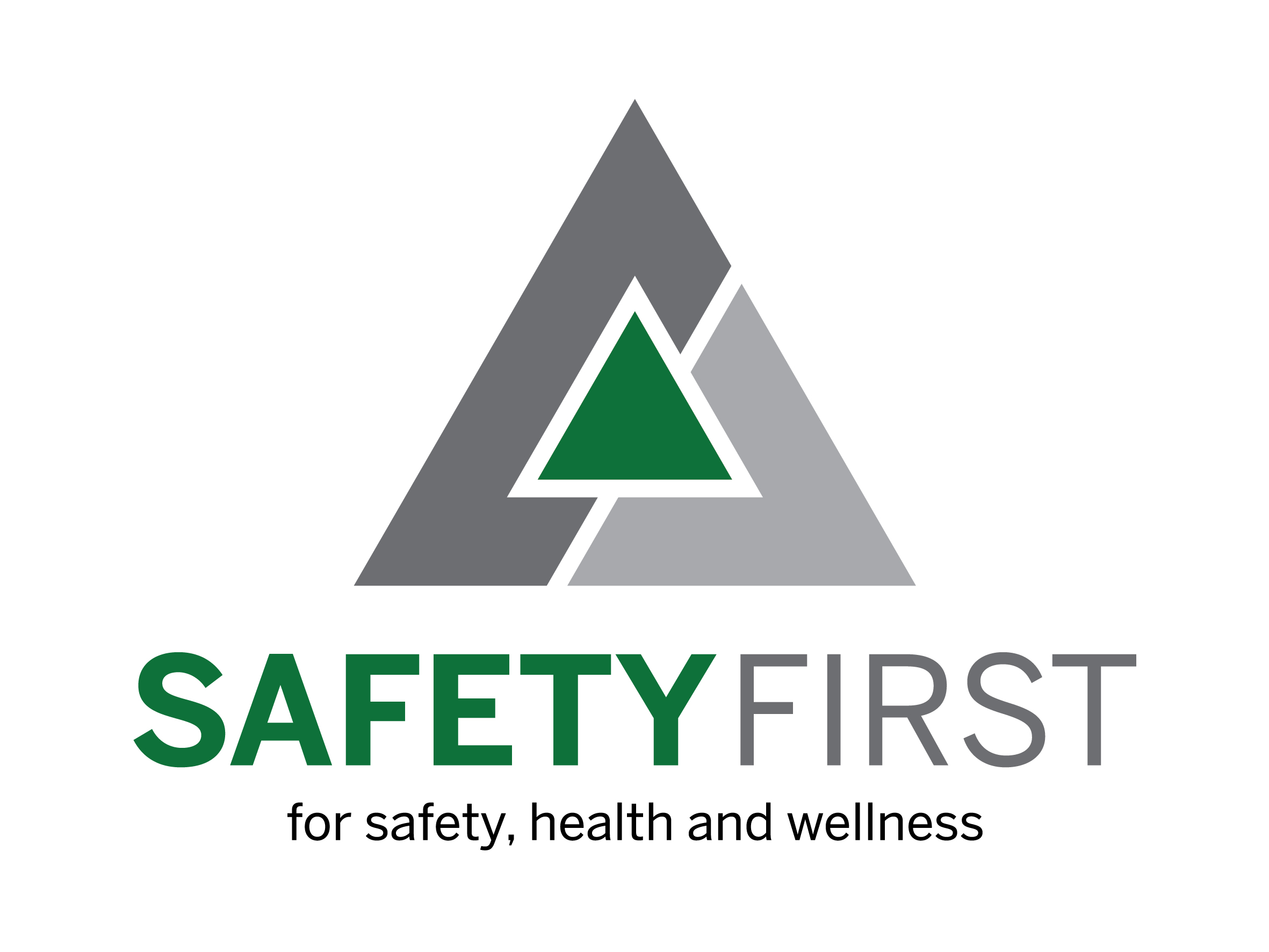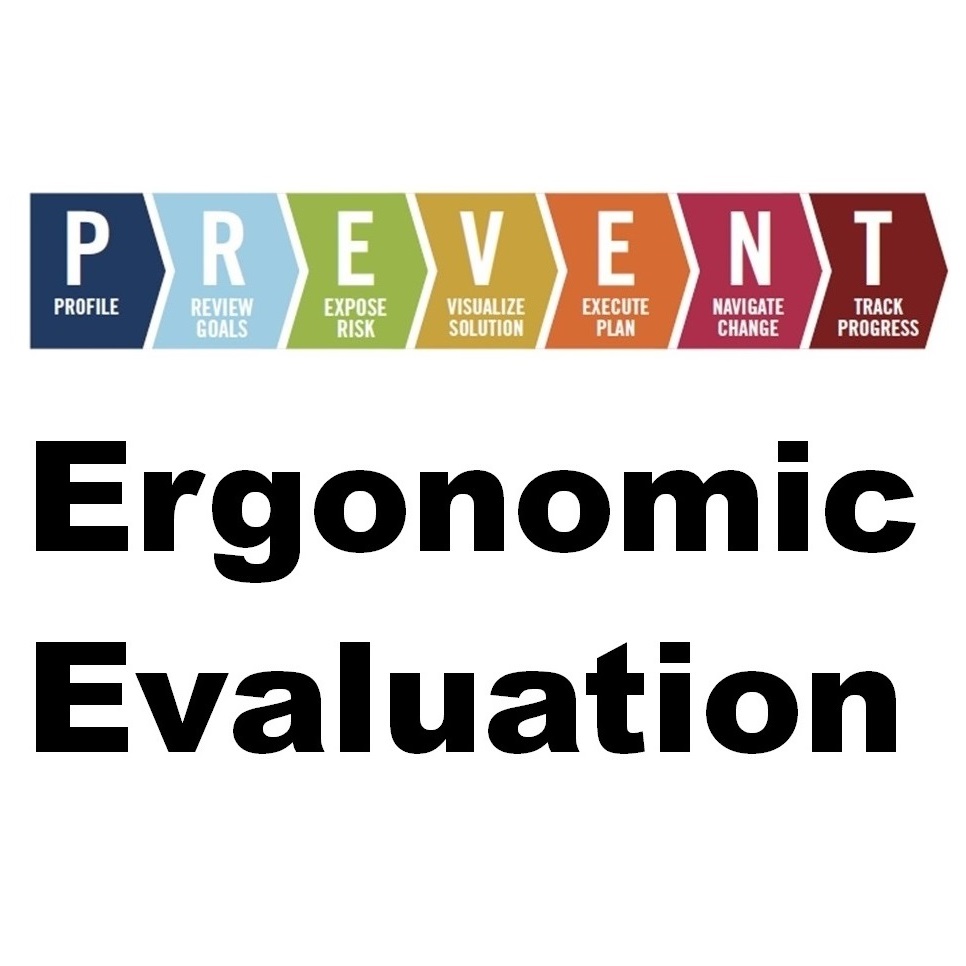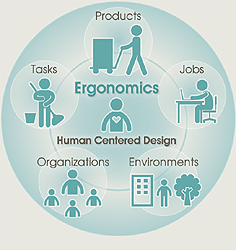Information
-
Document No.
-
Audit Title
-
Client / Site
-
Conducted on
-
Prepared by
-
Location
-
Personnel
-
Pain/Stiffness?
Chair
-
Seat Height
-
Seat Back
-
Seat Pan Depth
-
Seat Pan Tilt
-
Armrest Position
Keyboard and Mouse
-
Keyboard Height
-
Keyboard-to-User Distance
-
Keyboard Slope
-
Mouse-to-User Distance
-
Mouse Height
Monitor
-
Monitor Height
-
Screen-to-User Distance
-
Monitor Alignment with User
-
Visual Comfort with Screen
Work Environment and Surface
-
Leg Clearance at Workstation
-
Placement of Frequently Used Items
-
General Task Lighting
Work Practices
-
Frequency of Microbreaks
-
Keyboarding Posture
-
Sitting Posture
-
Phoning Posture
-
Alternate Tasks
Evaluation Comments and Recomendations
Required Items to Achieve Safe Workstation Design
-
Adjustable Ergonomic Chair
-
Adjustable Keyboard/Mouse Tray
-
Lumbar Support Cushion
-
Monitor Riser
-
Foot Rest
-
Wristrest Pad
-
Anti-glare Screen
-
Reference Document Holder
-
Telephone Headset
-
Office Ergonomics Training
-
Other
Review and Verification (The evaluator has reviewed neutral body position, safe workstation design, best work practices, and recommendations with the user.)
-
Employee Signature
-
Evaluator Signature
Ergonomic Evaluation Guidelines
Chair
-
Seat Height - Adjust seat so feet are flat on the floor or footrest, knees are bent at right angles, and thighs are horizontal to the floor
-
Seat Back - Adjust seat back so it supports the lumbar curve of the spine.
-
Seat Pan Depth - Adjust the seat pan depth so the seat cushion is between one and four inches from the back of the knees.
-
Seat Pan Tilt - Adjust seat pan tilt so hips and top of thighs are at right angles or greater.
-
Armrest Position - Adjust armrests so they are out of the way during typing, but may provide support during other activities.
Keyboard and Mouse
-
Keyboard Height - Adjust keyboard height so arms and forearms are at right angles or slightly greeter and forearms and hands form straight lines.
-
Keyboard-to-User Distance - provide enough distance to allow user to relax shoulders with elbows hanging close to body.
-
Keyboard Slope - Position keyboard at flat or slightly negative slope.
-
Mouse-to-User Distance - Mouse should be directly next to keyboard.
-
Mouse Height - Adjust mouse so it is as close to and on the same level as keyboard.
Monitor
-
Monitor Height - Adjust monitor height so top of screen is at or slightly lower than eye level.
-
Screen-to-User Distance - viewing distance is approximately arm's distance away (16"-28")
-
Monitor Alignment with User - monitor and keyboard should be placed directly in front of user.
-
Visual comfort of screen - monitor should be placed perpendicular to window or light source to avoid glare.
Work Environment and Surface
-
Leg clearance at workstation - do not allow any contact between thighs and desk and allow room to move legs without contacting desk.
-
Placement of frequently placed items - place with arms reach or as close as possible.
-
General task lighting - ensure lighting is not direct or to bright
Work Practices
-
Frequency of Microbreaks - get out of chair at least once per hour, microbreak every 30 minutes
-
Keyboarding Posture - keep wrists straight, avoid supporting wrists on any surface while typing.
-
Sitting Posture - upright or slightly reclined posture, maintain hollow in lower back.
-
Phoning posture - avoid tilting head/neck to cradle phone. Use hand to hold receiver.
-
Alternate tasks - break up long periods of continuous computer use by performing small tasks or errands.
-
Photograph of Workstation
-
Proper Workstation Setup











